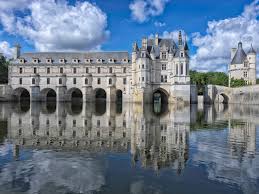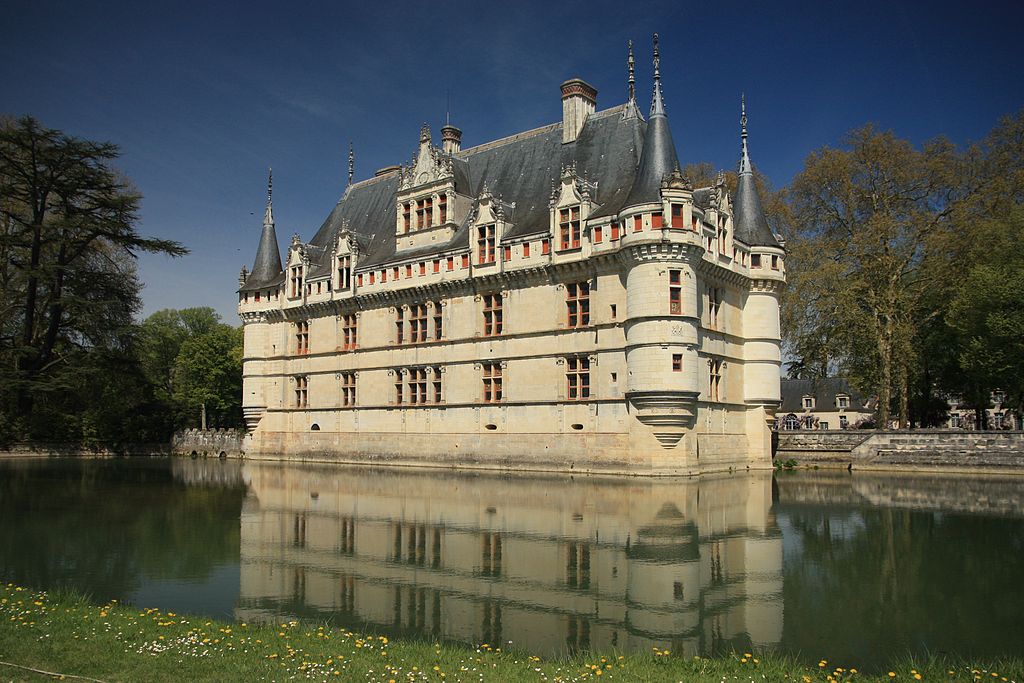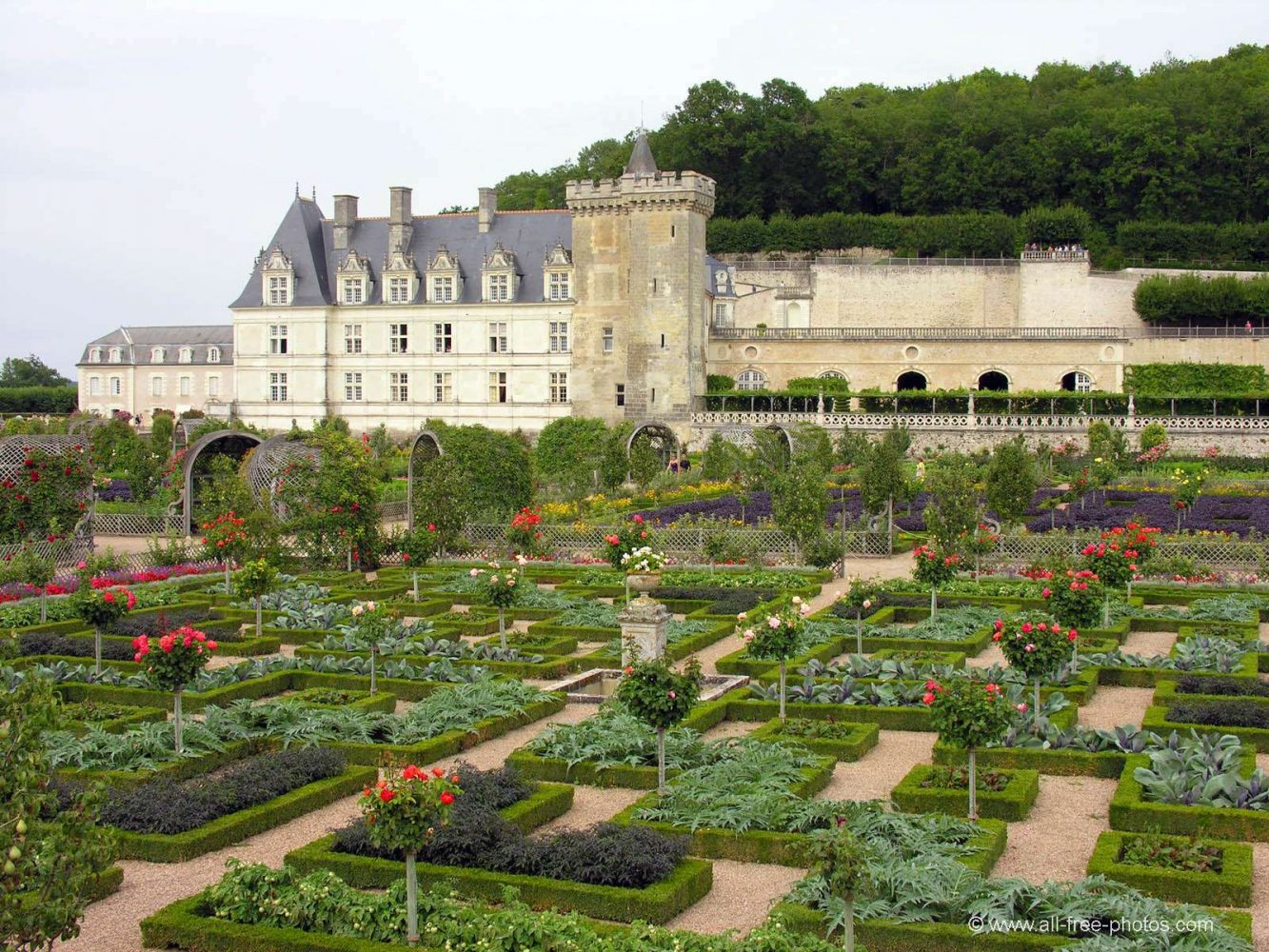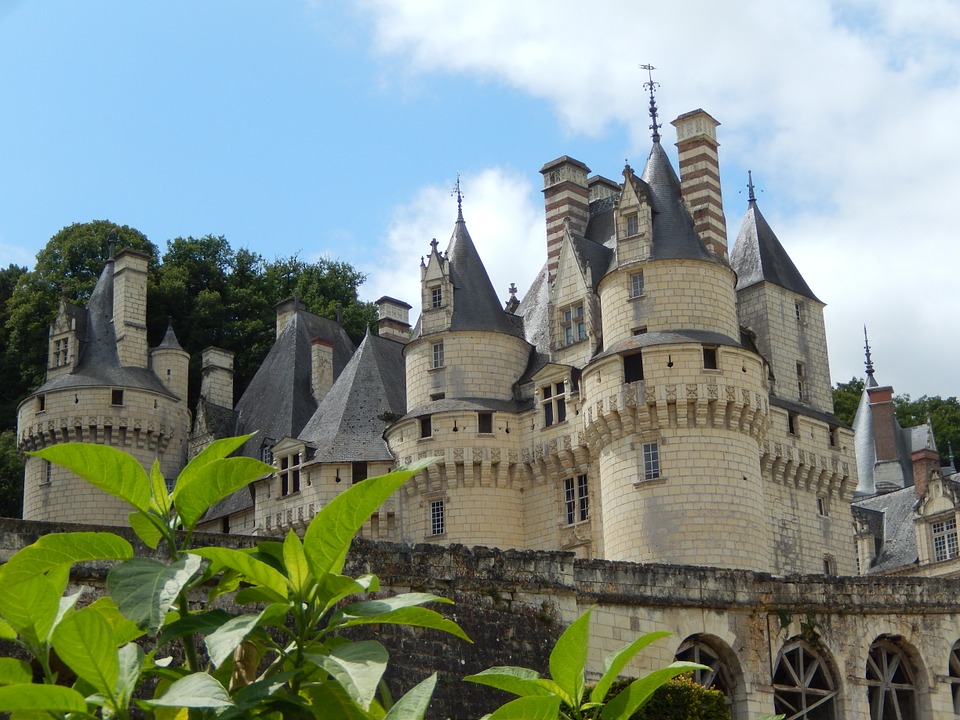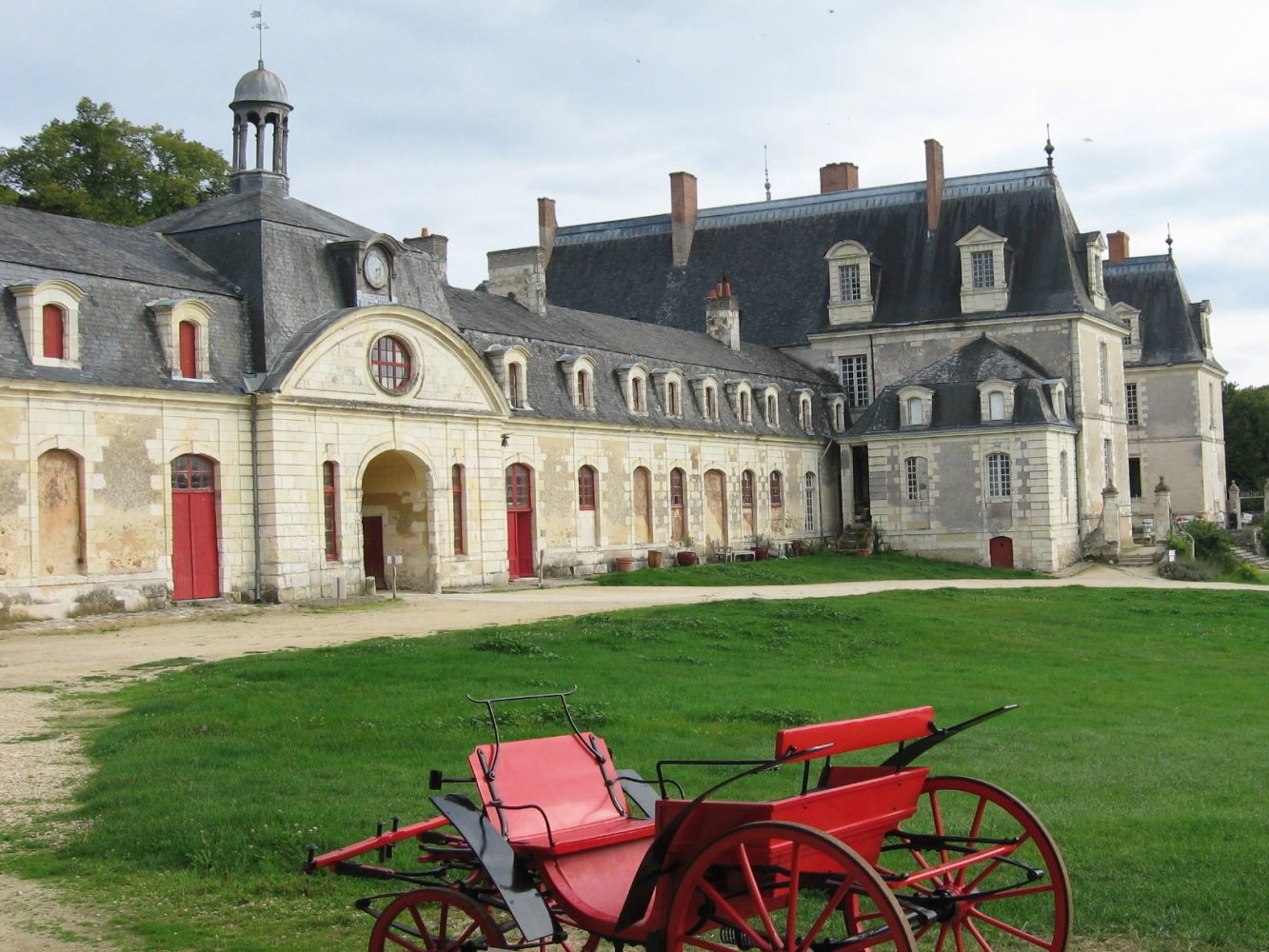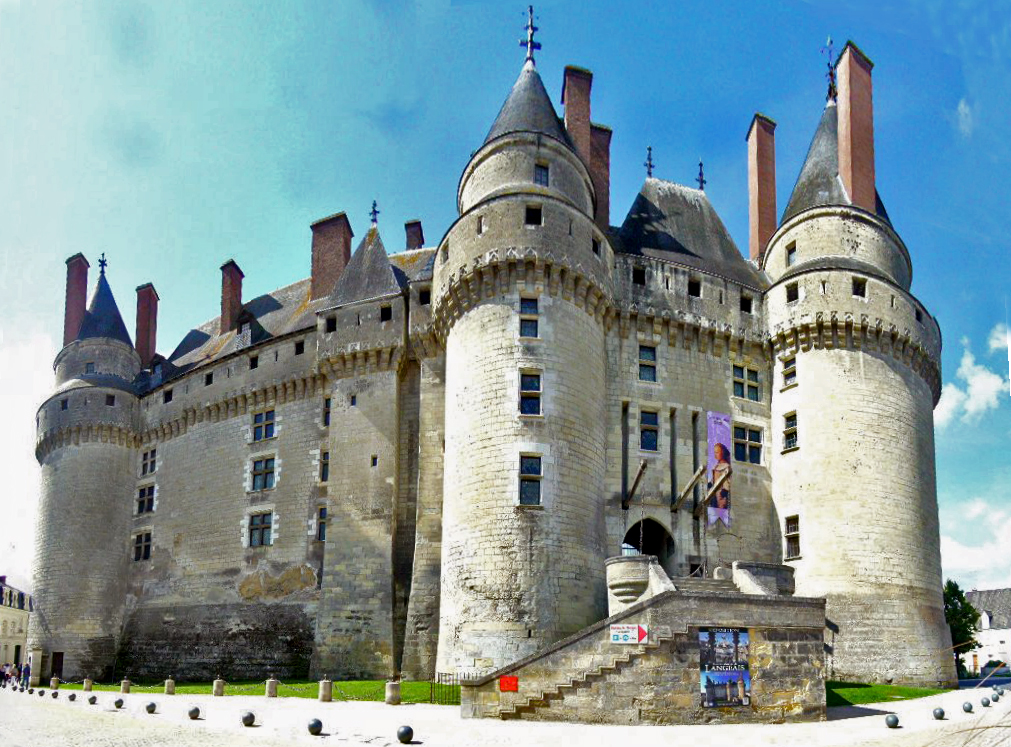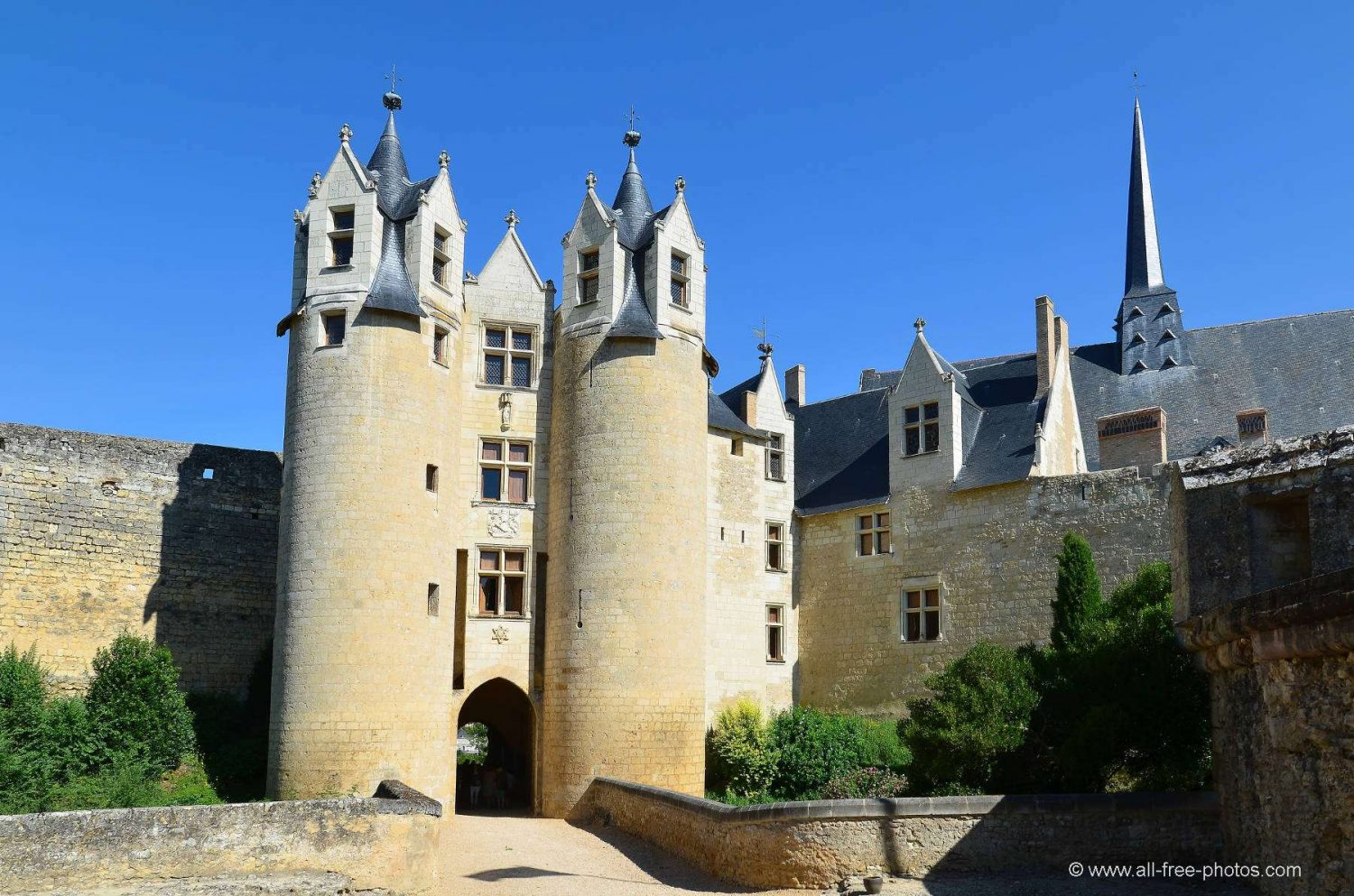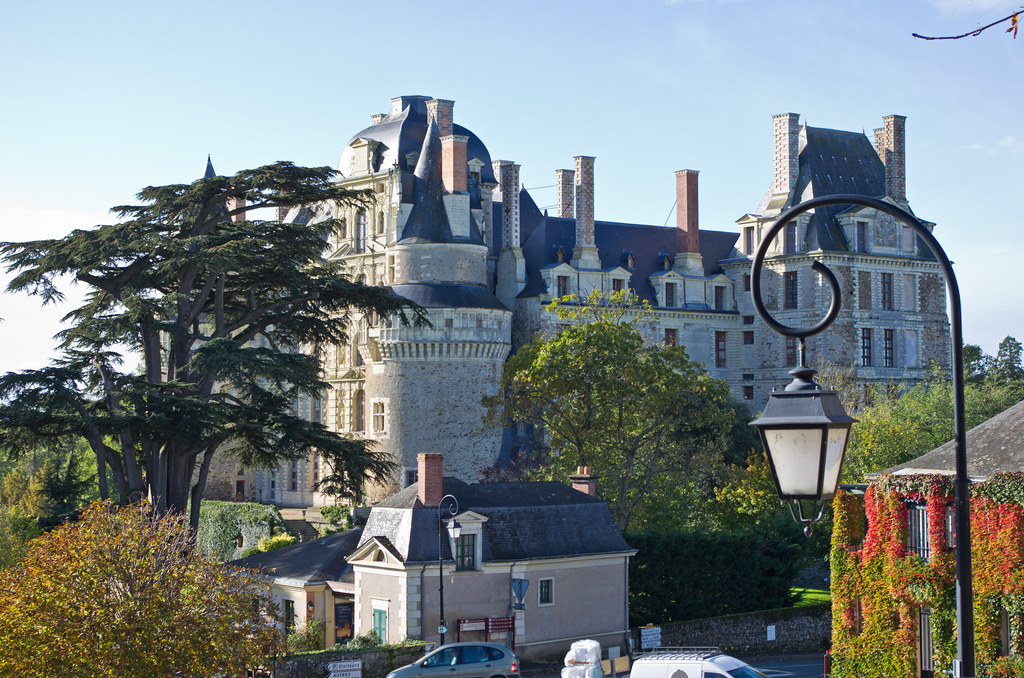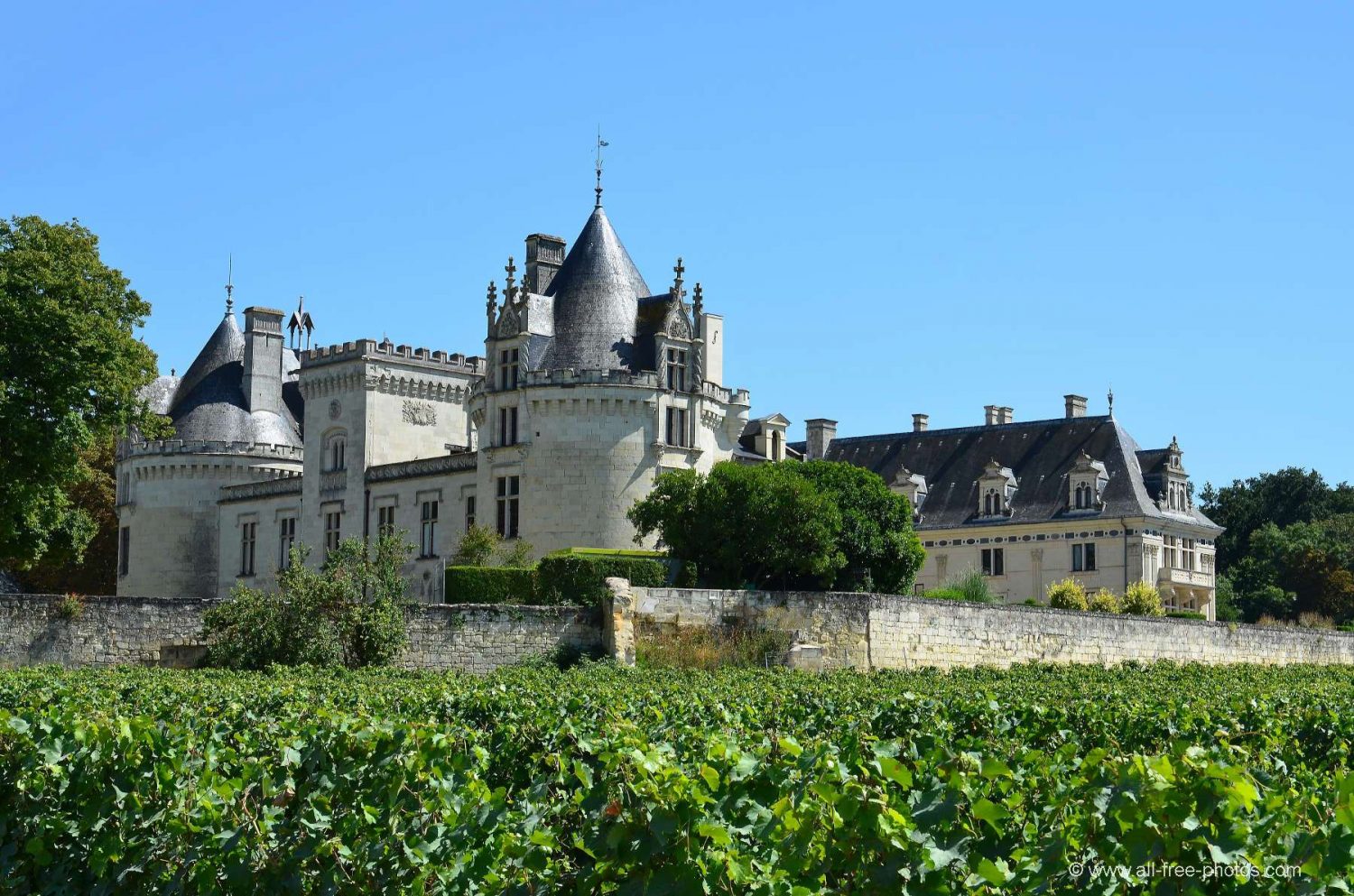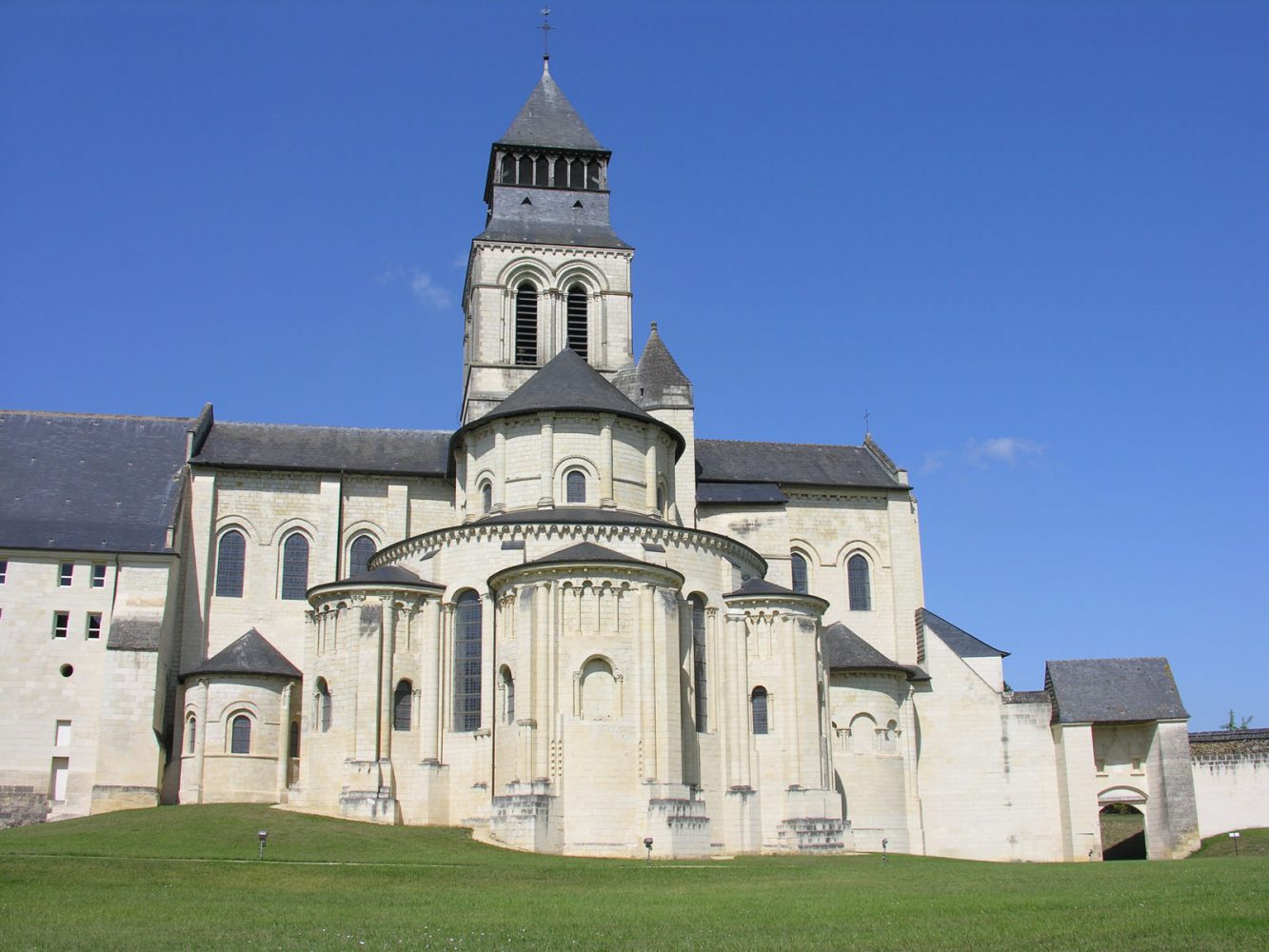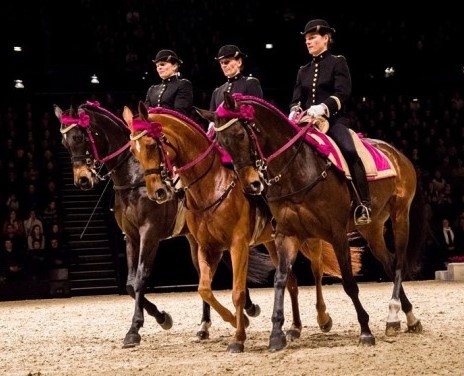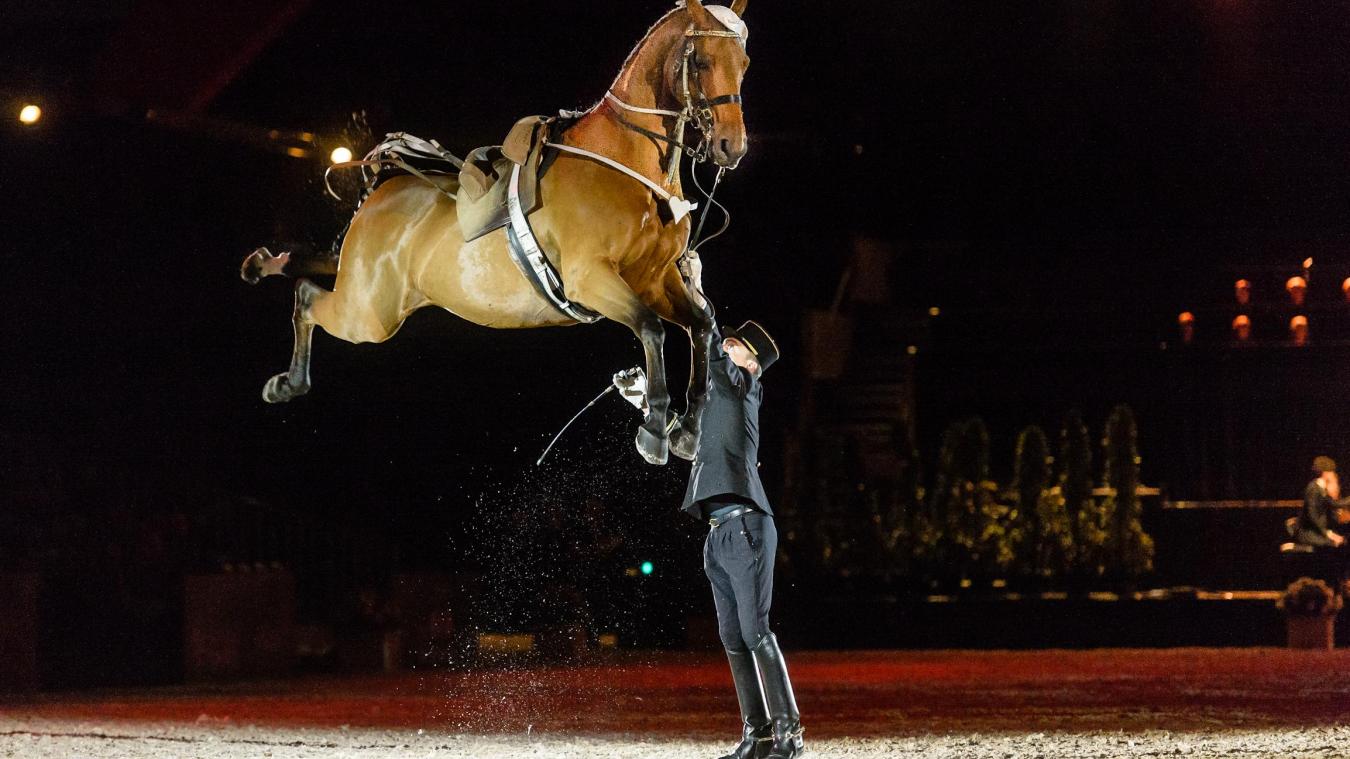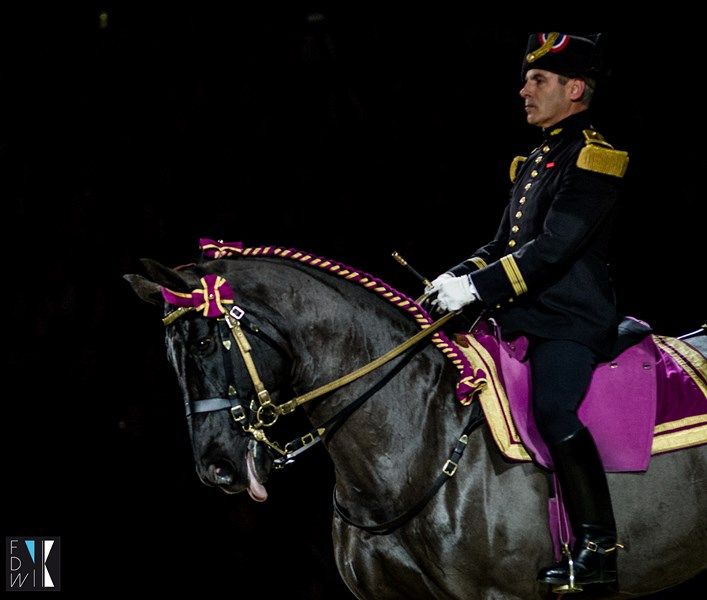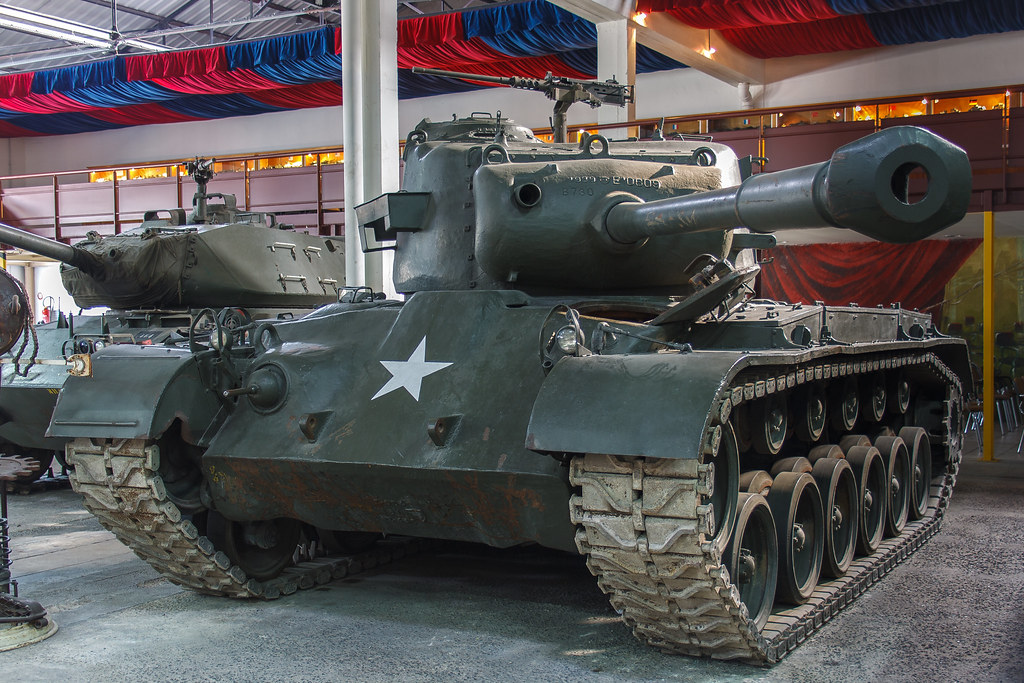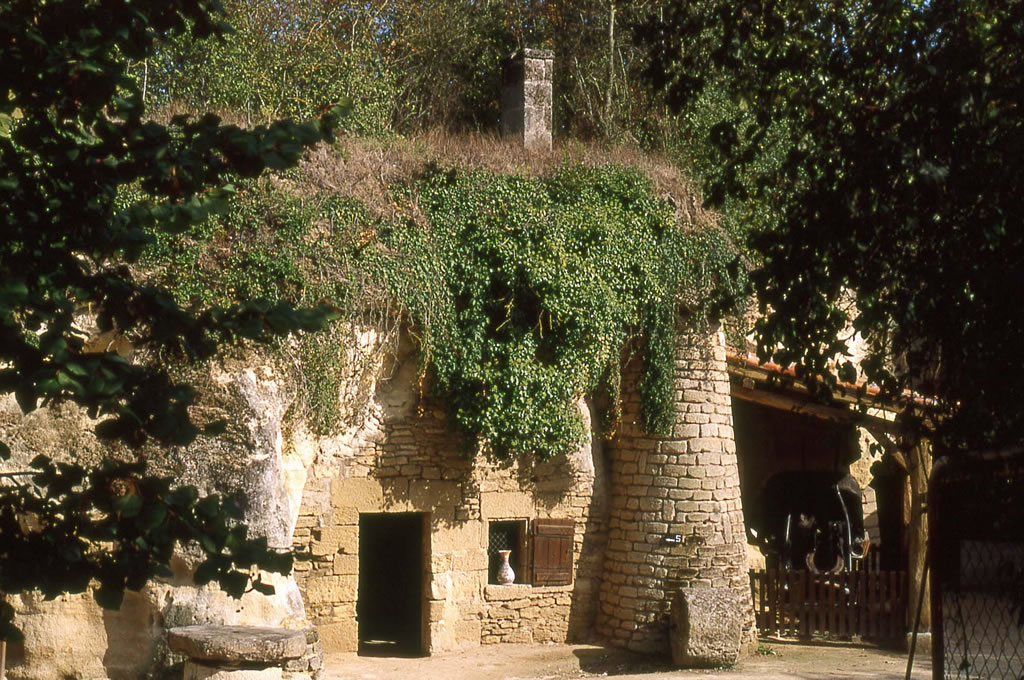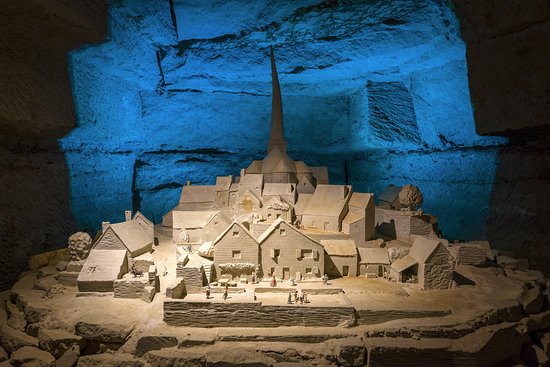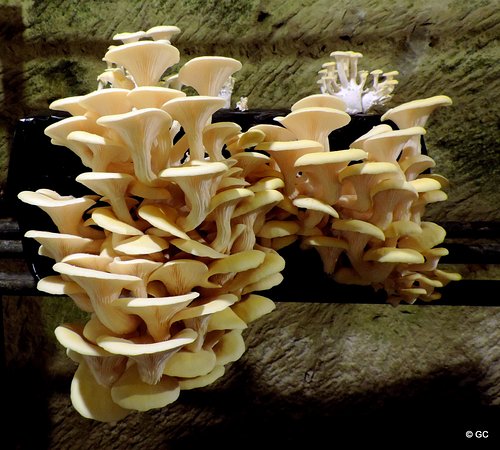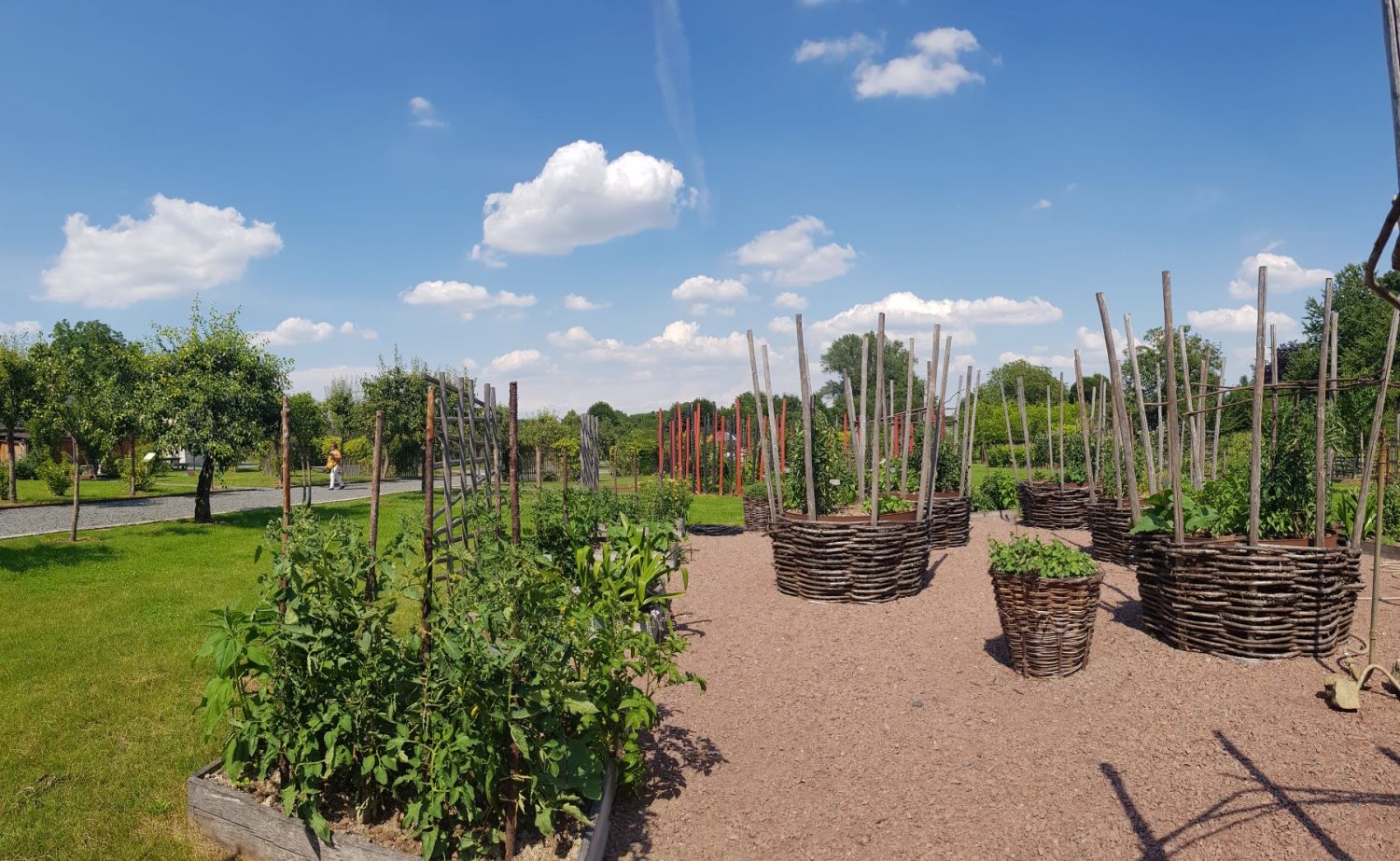Les Châteaux de la Loire
In “The Garden of France”, the Loire River forms a link between the softness of the Anjou region and the majesty of the castles that stand along the banks of this quiet river. It is in the Loire Valley, the cultural cradle of our old France, that kings have taken up residence.
The gardens that accompany these châteaux took on an important dimension in the 19th century. One of the most renowned, located nearby, is the Jardin de Villandry. The botanical knowledge and ornamentation of this period adorned the gardens of all the castles.
In the 19th century, in Maine-et-Loire, more than 1200 châteaux and manors were built, enlarged or restored, sometimes in the neo-Gothic style, as witnessed by the Château de Salvert.
Châteaux to discover …
Websites about the Loire Valley castles
Other must-see sights…
The Royal Abbey of Fontevraud is worth a visit. It welcomed Eleanor of Aquitaine at the end of her life. English people on holiday in the region like to pay their respects to their King, Richard the Lionhearted, whose tombstone can be admired in the abbey church. This Abbey, beloved of the Kings, became a feared prison during the revolution. After having been abandoned for a long time, major work has rehabilitated the site, and today you can admire the Abbey, which has been entirely restored.
The Doué-la-Fontaine Biopark will amaze young and old alike. In a troglodyte setting, the lush vegetation is home to a wide variety of animals. Take the opportunity to visit the birds in Europe’s largest aviary, where numerous parrots fly overhead and flutter around you, and sometimes some of them land on your shoulder.
The Cadre Noir, famous French cavalry corps of Saumur.
Henry IV created the first riding academy in Saumur. The success of the teaching methods forced other french schools to adopt the Saumur technique in 1766. The Saumur Riding School was definitively established in 1771 and trained the elite to learn and put into practice the lessons specific to cavalry on the battlefield. In 1847, Saumur remained the only school to preserve the equestrian tradition to this day. In 1860’s, Alexis L’Hotte presented for the first time a manege and free jumps outside Saumur, this date marks the birth of sport riding. The “Black” uniform was introduced in 1898, creating the name “Cadre Noir” which is still used today. At the beginning of the 20th century, the Cadre Noir became interested in equestrian competitions and became famous in 3 disciplines: dressage, show jumping and eventing. Since 1996, Le Cadre Noir is described as the teaching staff of the “Ecole Nationale d’Equitation” (ENE). In 2011, “traditional French horse riding”, which is mainly practiced at Le Cadre Noir, was inscribed by UNESCO on the list of intangible cultural heritage of humanity.
You can visit the stables, attend training sessions or book a place at galas.
The Musée des Blindés of Saumur is a 22,000m² collection of armoured military vehicles collected from the battlefield. Every year, 45,000 visitors come to see the 800 tanks and vehicles on display, 200 of which are in working order. Almost all the armoured vehicles of the French army from 1917 to the present day are on display, as well as vehicles from the German, American, British and Italian armies…
The Troglodytes… The main sites that invite you to discover an underground world:
The Troglodyte Village of Rochemenier brings together on the same site: atypical houses, museum, chapel, animations…
The Mystère des Faluns, in Doué-la-Fontaine, transports you 10 million years underground in a pathway with light effects and presents you with monumental ogive-shaped caves, a unique and atypical place.
Pierre et Lumières invites you into a troglodyte site, to discover the most beautiful miniature monuments of the Loire Valley. The sculptures in tuffeau are the work of Philippe Cormand and are enhanced by light effects. (100m away you will find the Mushroom Museum).
The Mushroom Museum presents in a cellar, the methods of cultivation of mushrooms in a surprising and mysterious atmosphere. You can discover the secrets of the cultivation of more than 250 species of mushrooms, where each year more than 10 tons are harvested.
The Puygirault garden is a garden of plants, flowers, fruit and vegetables on 2 hectares with more than 1000 varieties.
A place of relaxation and education, this garden is respectful of our planet. (On the same car park as Pierre et Lumières)
Advice :
Every year, castles, tourist sites, museums and other cultural places can be visited free of charge during the European Heritage Days.
Don’t forget to book with us to discover all the facets of the Saumur region, we are close to the main roads and the most important sites of interest in the Val de Loire!
